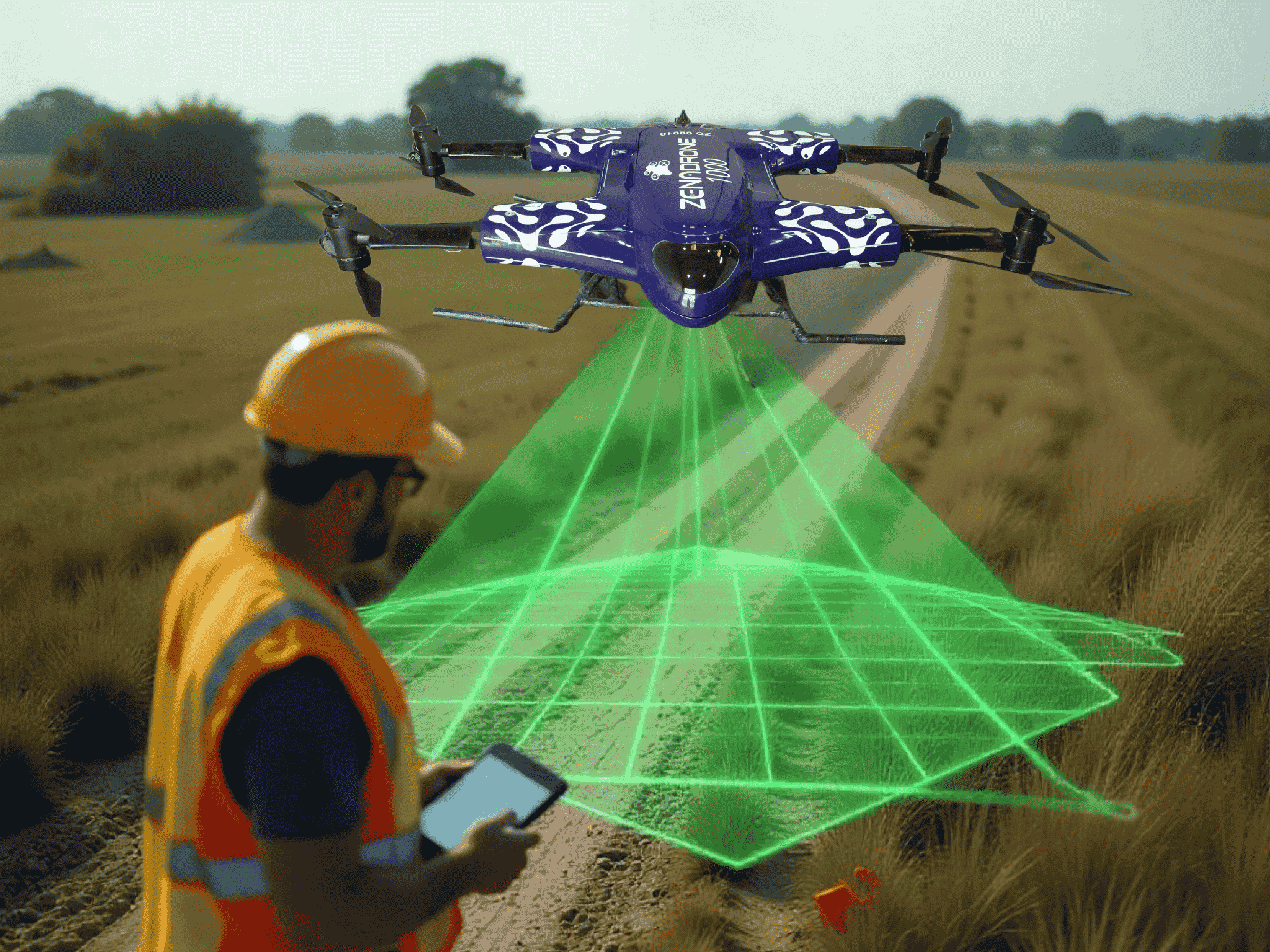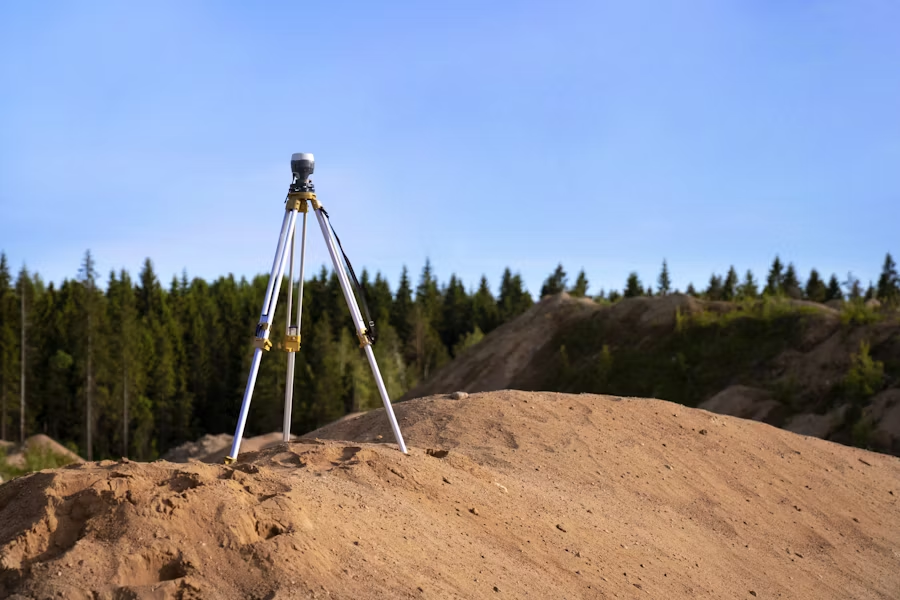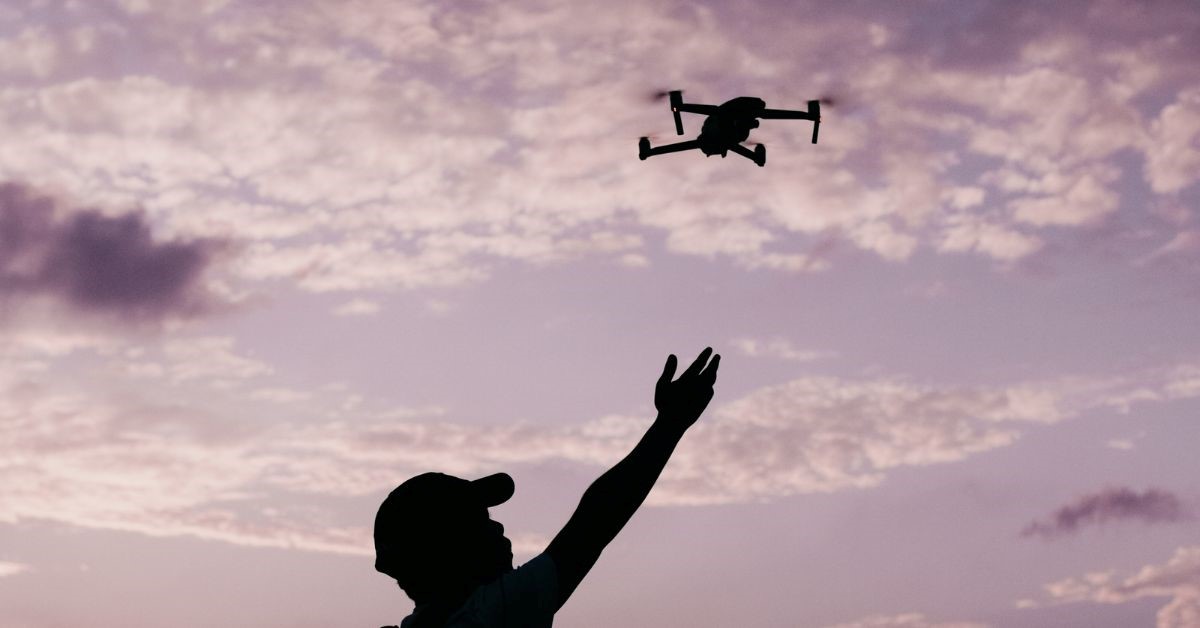Indoor Drones Everything You Should Know Before Buying

What Are Indoor Drones?
Indoor drones are basically small UAVs designed to fly safely in closed spaces. These, called little drones or miniature drones are light, stable, and easier to control. You’ll see them in homes, offices and even in indoor warehouses.
Key Characteristics of Indoor Drones
- Lightweight build, but has a tough build
- Prop guards for bump safety
- Hover tech for stabilization
- Quick charging, short flight times
- Easy app or remote control
How Indoor Drones Differ from Outdoor Drones
Outdoor drones need power, GPS, and wind resistance. Indoor drones don’t. They’re more for tight turns, slower moves. If you fly them outdoors, it might go down with the momentum of the wind.
Why Choose an Indoor Drone in 2025?
In 2025, indoor drones will be smarter and way more reliable. They’re not just toys anymore. Because they can be used for filming, training, or exploring indoor spots, whatever your needs may be, these drones have your back.
Ideal Use Cases (Home, Office, Warehouses, etc.)
- Fly safely indoors with no crashes.
- Check shelves or office halls
- School demos or STEM events
- Real estate or room tours
- Patrol retail spaces
Benefits of Flying Indoors: Safety, Size, Control
No wind. No mess. Less breakage. That’s what makes small indoor drones perfect for indoor flight. You don’t lose them; they don’t scare neighbors or pets.
Best Indoor Drones for Beginners
If you’re just starting, use indoor drones for beginners. They’re slower, steadier, and have fewer chances of crashing.
What Makes a Drone Beginner-Friendly?
- Auto takeoff/landing
- Return-to-home button
- Obstacle avoidance sensors
- Headless flight mode
- Durable frame for clumsy flying
Top Picks for First-Time Users
- Ryze Tello: Stable and programmable
- Potensic A20: Cheap and calm
- Holy Stone HS210: Tiny and kid-safe
- DEERC D23: Basic and solid
- Snaptain H823H: Tough and light
Indoor Drones with Cameras
Getting an indoor drone with a camera is smart. It lets you snap pictures, inspect rooms, or film indoors. It’s good for vlogs, reels, and work tasks, too.
Why You Might Want a Camera on an Indoor Drone
- Shoot short content at home
- Fly FPV in tight spots
- Record walkthroughs
- See live feeds through your phone
- Snap indoor real estate angles
Best Camera Drones for Indoor Use in 2025
- DJI Mini 2 SE: 2.7K video
- BetaFPV Cetus Pro: Compact FPV
- DEERC D20: Entry-level cam drone
- Ryze Tello: 720p plus coding
- DJI Avata: Full-on indoor FPV machine
Small, Miniature & Little Indoor Drones
Need something tiny? Small indoor drone models and miniature drones are ideal. Fit your palm, fly quietly.
Mini Drone Benefits for Indoor Environments
- Fly them anywhere, even a dorm
- Easy to carry or store
- Quick charge, short flights
- Safer for small kids
- Less noise in shared spaces
Top Compact Drone Models to Consider
- Eachine E010: Basic starter
- Hubsan X4 H107D+: FPV capable
- Cheerwing CW4: Small with camera
- Snaptain H823H: Sturdy pick
- Holyton HT02: Micro and super light
How to Choose the Right Indoor Drone
There are too many to choose from, yeah. But think about what you need, not just the price. What works for one might not for another.
Factors to Consider: Size, Camera, Battery, Stability
- Size: The smaller, the better inside
- Camera: Go HD if you shoot
- Battery: Expect 6–10 mins; get backups
- Stability: Hover features matter
- Controls: Physical remote vs. phone
- Spare parts: Are they replaceable?
Matching Your Needs with the Right Model
If you’re just testing, go cheap. Want content? Buy an indoor drone with camera. Got kids? Stick with prop guards. FPV crazy? Get BetaFPV. Want silence? Choose brushless drones.
Top Indoor Drone Picks in 2025
Need the best drone for indoor flight in 2025? Here’s a solid mix for all kinds of users.
Budget-Friendly Indoor Drones
- Potensic A20: Cheap and reliable
- Holy Stone HS210: Simple and strong
- Snaptain H823H: Built for safety
- Eachine E016H: Tough for kids
- Cheerwing U46S: Affordable pick
Premium Options for Hobbyists and Professionals
- DJI Mini 2 SE: Best indoor drone with camera out there
- BetaFPV Cetus X Kit: Next-level FPV
- Ryze Tello: Clean features and coding
- DJI Avata: Pro-grade indoor FPV
- GEPRC TinyGo: Compact pro setup
Comparison Table of Top Models
Drone Model | Price | Camera | Flight Time | Best For |
Potensic A20 | <$50 | No | 6 mins | Beginners, Kids |
Ryze Tello | ~$99 | 720p | 13 mins | Programmers, Hobbyists |
DJI Mini 2 SE | ~$339 | 2.7K | 30 mins | Video, Pros |
BetaFPV Cetus X | ~$200+ | FPV HD | 5–7 mins | FPV Enthusiasts |
Holy Stone HS210 | <$45 | No | 8 mins | Children, New Flyers |
DJI Avata | ~$1,000 | 4K FPV | ~18 mins | Pros, FPV creators |
Cheerwing CW4 | ~$60 | 720p | 8 mins | Indoor casual users |
Snaptain H823H | ~$35 | No | 7 mins | First-time flyers |
Maintenance Tips for Indoor Drones
Even the best drone for indoor flight needs a bit of care. You don’t need to be a pro tech, but skipping basic checks? That’s how drones end up crashing into lamps or worse.
Simple Maintenance to Keep Your Drone Flying
- Clean the propellers regularly. Dust builds up indoors fast.
- Check for loose parts or hair wrapped around motors (yes, it happens).
- Keep batteries away from heat, and don’t overcharge them.
- Update firmware if your model supports it, it leads to more stable flight usually.
Storage and Safety Reminders
After each flight, keep your indoor drone in a case or somewhere dry and cool. Leaving it out attracts dust, humidity, and minor accidents. And don’t forget, charge the battery halfway if you’re not flying it for weeks. Full charge sitting too long? It could mess the battery up.
Final Thoughts
Indoor drones are now smarter and more useful than ever. Whether you want a good indoor drone for fun or a professional indoor drone with a camera, 2025 has tons of great picks.
Be smart, compare features, and fly safe. The perfect indoor drone is waiting for you to power it on. ZenaDrone brings the future of indoor flying right to your fingertips. Ready to upgrade your flight game? Explore ZenaDrone to discover cutting-edge drone tech, tips, and buying guides tailored to your needs.
Frequently Asked Questions
Can indoor drones be used outdoors?
Yes, but only when it’s calm outside. Most indoor drones aren’t wind-proof or GPS-enabled. Big gust? It might blow your drone away.
Are camera drones safe for indoor flight?
Yes. If it’s a good indoor drone with prop guards, you’re fine. Just don’t buzz pets or grandma.
What’s the best indoor drone for kids vs. adults?
For kids: Holy Stone HS210 or Snaptain. For adults: Ryze Tello or Mini 2 SE. For FPV? Try Cetus Pro.
Contact Us
Thank you for your message. It has been sent.
Latest Posts
Social Profiles















